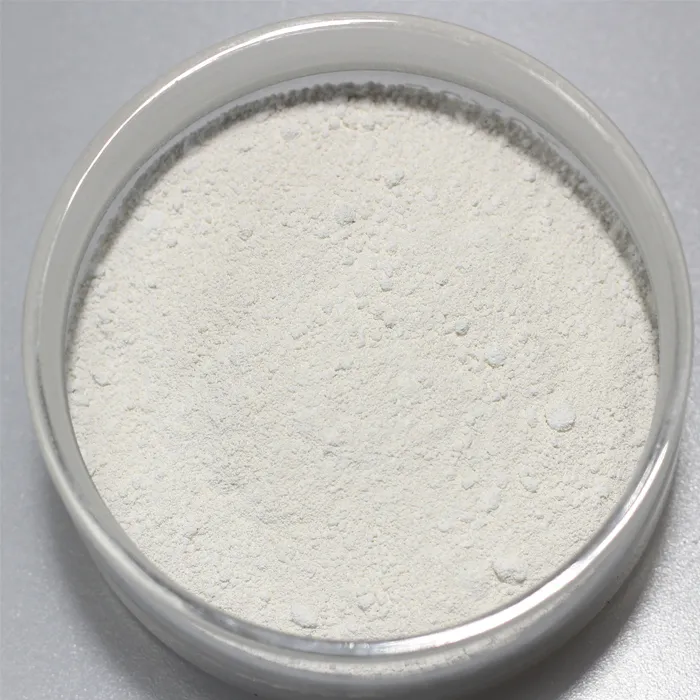Sulfamic Crystals An Overview
Sulfamic acid, or amidosulfonic acid, is a crystalline compound with the chemical formula H3N·SO3H. Often found in its crystalline form, sulfamic acid serves various applications across multiple industries, making it a significant component in both industrial and household contexts. This article delves into the properties, uses, and safety considerations of sulfamic crystals.
Sulfamic crystals are typically white and odorless, showcasing a high level of solubility in water. They are synthesized through the reaction of sulfuric acid with urea, resulting in a stable and non-volatile compound. One of the standout features of sulfamic acid is its ability to act as a strong acid while simultaneously exhibiting low corrosiveness compared to other mineral acids. This unique combination makes sulfamic crystals particularly valuable in various applications, primarily as a cleaning agent.
In the cleaning sector, sulfamic acid is frequently employed as a descaling agent. It effectively removes limescale, rust, and other mineral deposits, making it a popular choice for maintaining appliances such as kettles, coffee makers, and dishwashers. Its efficiency in dissolving tough residues, paired with its relative safety compared to stronger acids, ensures effective results without causing significant damage to equipment.
sulfamic crystals

Beyond descaling, sulfamic acid is also utilized in the textile industry. It acts as a reducing agent in dyeing processes, helping to improve the colorfastness of dyes applied to fabrics. The compound’s reactivity with various dye molecules enhances the quality and longevity of colored textiles, making it an essential ingredient in textile production.
In addition to its cleaning and textile applications, sulfamic acid plays a crucial role in the synthesis of various chemicals. It is used in the production of herbicides, insecticides, and even some pharmaceuticals. The compound’s versatility contributes to its widespread use in laboratories and industrial settings, as it can be a precursor or an intermediate in the synthesis of more complex organic compounds.
Safety considerations are paramount when handling sulfamic crystals. While it is less corrosive than other acids, sulfamic acid can still be hazardous. Protective equipment, such as gloves and eye protection, should be worn to avoid contact with the skin or eyes. Additionally, proper ventilation is crucial when working with sulfamic acid to prevent inhalation of dust or fumes.
In conclusion, sulfamic crystals are a vital compound with diverse applications ranging from cleaning and textile processing to chemical synthesis. Their effectiveness and relatively lower corrosiveness make them an attractive choice in various industries. However, like all chemicals, they must be handled with care to ensure safety. Understanding the properties and uses of sulfamic acid can help individuals and industries optimize their practices while minimizing risks. Whether for home cleaning tasks or industrial applications, sulfamic crystals remain an essential element in modern chemistry.

